The Rivalry That Defined Racing
In the decades-long history of Formula One, one season was so intense it ended up on a Hollywood script. Chris Hemsworth delivered an outstanding performance in what's considered one of the greatest sports movies ever, and the real story is way more dramatic than the film. There's a reason that many herald the 1976 Formula One season as the greatest of all time.
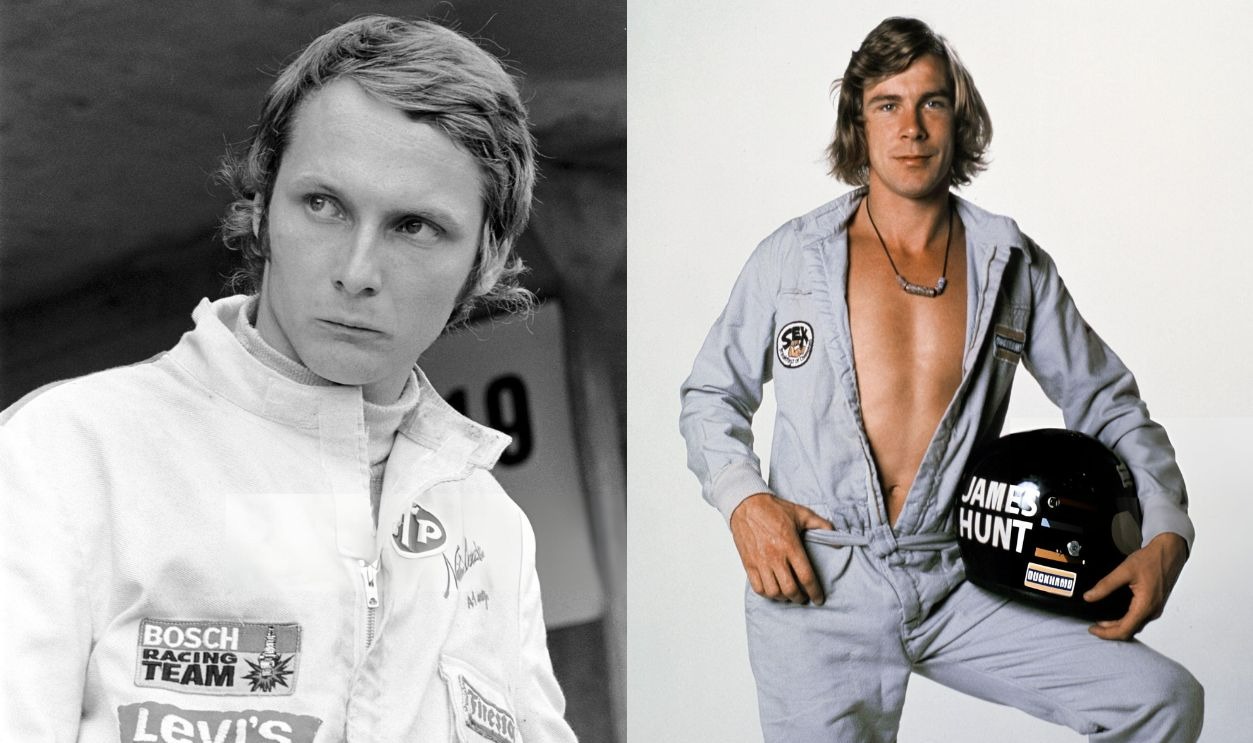
The 1976 Championship Season Was More Than Ordinary
That year saw a hard-fought battle between two characters who had remarkable courage: Niki Lauda and James Hunt.
The Formula One Dreams Of A Passionate Austrian
In 1971, a young Austrian named Niki Lauda entered a bank, hoping to secure a loan to save his fledgling racing career. Unfortunately, his grandfather, who hated racing, used his influence to have the proposal thrown out. Yet, Lauda didn't give up.
 Smudge 9000, CC BY 2.0, Wikimedia Commons
Smudge 9000, CC BY 2.0, Wikimedia Commons
He Wouldn't Give Up
Undeterred, he secured another loan, enticing the bank with an insurance policy in case he checked out. And he almost did, although not until much later. With grit and guts, Lauda made his Grand Prix debut in Austria, his launchpad to three world titles.
A British Lad Also Dreamed Of Grand Prix Motor Racing
Around the same time, across the world, James Hunt, a young British driver who loved daring drives—and with a penchant for crashing—was carving his path in F3 racing. His ambition to join Formula One seemed like a pipe dream, until an accident with fellow British racer Dave Morgan changed everything.
 Michael Arnold, CC BY-SA 4.0, Wikimedia Commons
Michael Arnold, CC BY-SA 4.0, Wikimedia Commons
On A Date With Destiny
Hunt's reaction after his crash with Morgan was "gentlemanly." In a surprising turn of events, the RAC slammed Morgan with a year-long suspension. Yet somehow, Morgan was back within months.
 Gillfoto, CC BY-SA 3.0, Wikimedia Commons
Gillfoto, CC BY-SA 3.0, Wikimedia Commons
An Incident Changed His Life
At Hunt's hearing, John Hogan—an important character later in this story—was with Lord Hesketh, a man of means and whims. Tired of F3 and F2, the wealthy gentleman decided that it was high time for Hunt and Hesketh Racing to compete in Formula One.
 Jen Ross, CC BY 2.0, Wikimedia Commons
Jen Ross, CC BY 2.0, Wikimedia Commons
March Gave Both The Legends Their Debuts
Hunt raced at the 1973 Monaco Grand Prix in a car he wasn't comfortable with on a track where the wrong move could land him in the Mediterranean. The vehicle's chassis was built by March, the same brand that had given Lauda his debut.
 United Autosports, CC BY-SA 2.0, Wikimedia Commons
United Autosports, CC BY-SA 2.0, Wikimedia Commons
Lauda's Letdown
By now, Lauda had moved on from March to BRM, a once-was-great team facing decline. Despite having talented drivers, BRM struggled with funding, an indecisive team principal, and unreliable cars. Lauda had to deal with a team that was more trouble than it was worth.
They Saved Themselves From The Ashes
Hunt's impressive debut season contrasted with Lauda's struggles at BRM. Still, the two drivers were on a collision course, each facing their battles alone but destined to become legends together. Their paths soon intertwined, setting the stage for one of the greatest rivalries in Formula One history.
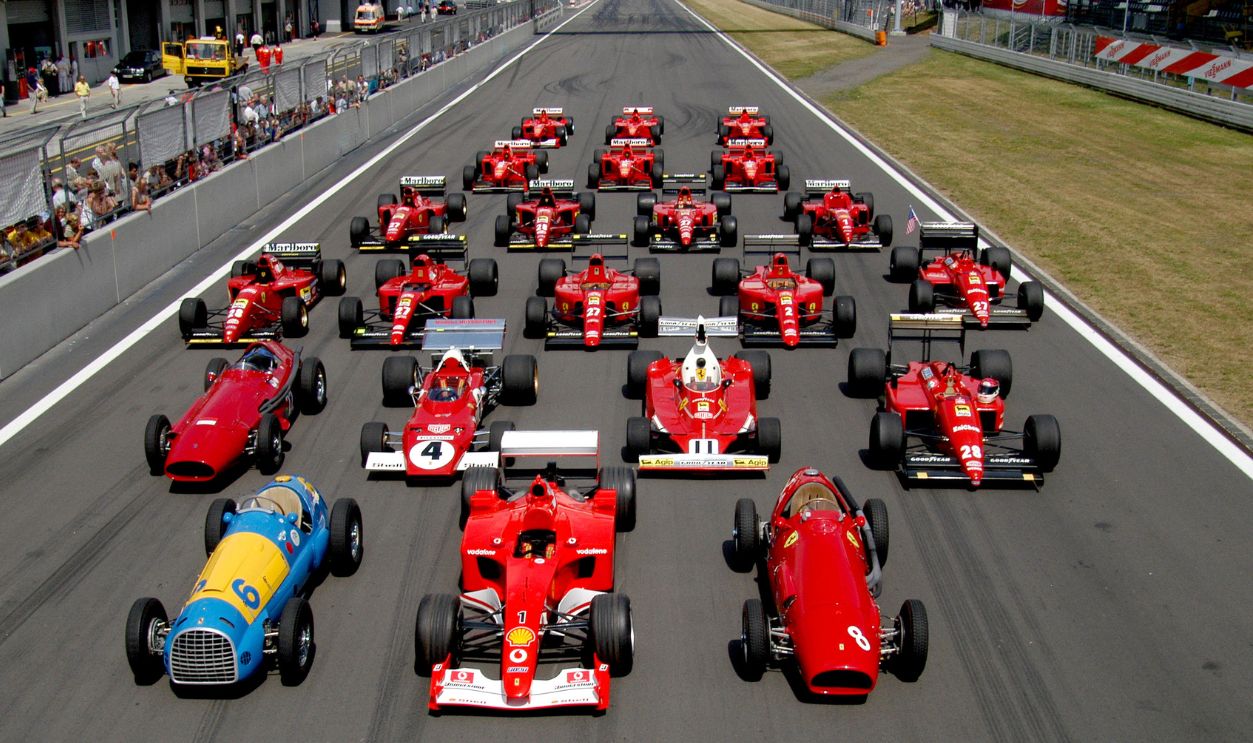 Edwin van Nes, CC BY 2.0, Wikimedia Commons
Edwin van Nes, CC BY 2.0, Wikimedia Commons
Enzo Ferrari's Team Was In Crisis
Ferrari's Formula One team was sinking at their Maranello headquarters despite hiring top drivers. Enzo made a bold move in 1974 by re-hiring "backstabber" Clay Regazzoni. However, he kept eyeing a promising but struggling Niki Lauda.
 Gillfoto, CC BY-SA 3.0, Wikimedia Commons
Gillfoto, CC BY-SA 3.0, Wikimedia Commons
From BRM To The Prancing Horses
Ferrari was so desperate that they bought Lauda from his BRM contract with all his debt. They signed him for the 1974 season. Lauda's feedback on the sluggish Ferraris was downright blunt, but Enzo took a gamble and promised to increase their speed.
 Gillfoto from Juneau, CC BY-SA 3.0, Wikimedia Commons
Gillfoto from Juneau, CC BY-SA 3.0, Wikimedia Commons
Lauda Stole The Hearts Of Italians Worldwide
Although Emerson Fittipaldi won the 1974 championship, Lauda's 1975 season was a different story. He won five Grand Prix races to secure Ferrari's first Constructors' title in decades and his first World Drivers' Championship. Lauda must've thought it was a great time to be alive!
 Fotograaf Onbekend, CC0, Wikimedia Commons
Fotograaf Onbekend, CC0, Wikimedia Commons
Hunt Had Issues
Meanwhile, James Hunt had hit a rough patch in life's race. With Hesketh Racing out of funds and no seats available, Hunt struggled to find a new team as the 1975 season drew to a close. Somehow, he found himself in a tight spot, grappling for escape.
 Alan, CC BY-SA 2.0, Wikimedia Commons
Alan, CC BY-SA 2.0, Wikimedia Commons
Lifeline From Fittipaldi
James Hunt's lifeline came when McLaren's Emerson Fittipaldi took a wrong turn. The two-time world champion left his championship team to join his family team at Copersucar. The McLaren seat was vacant, and top talent recruiter John Hogan (remember him?) helped Hunt become their lead driver in 1976.
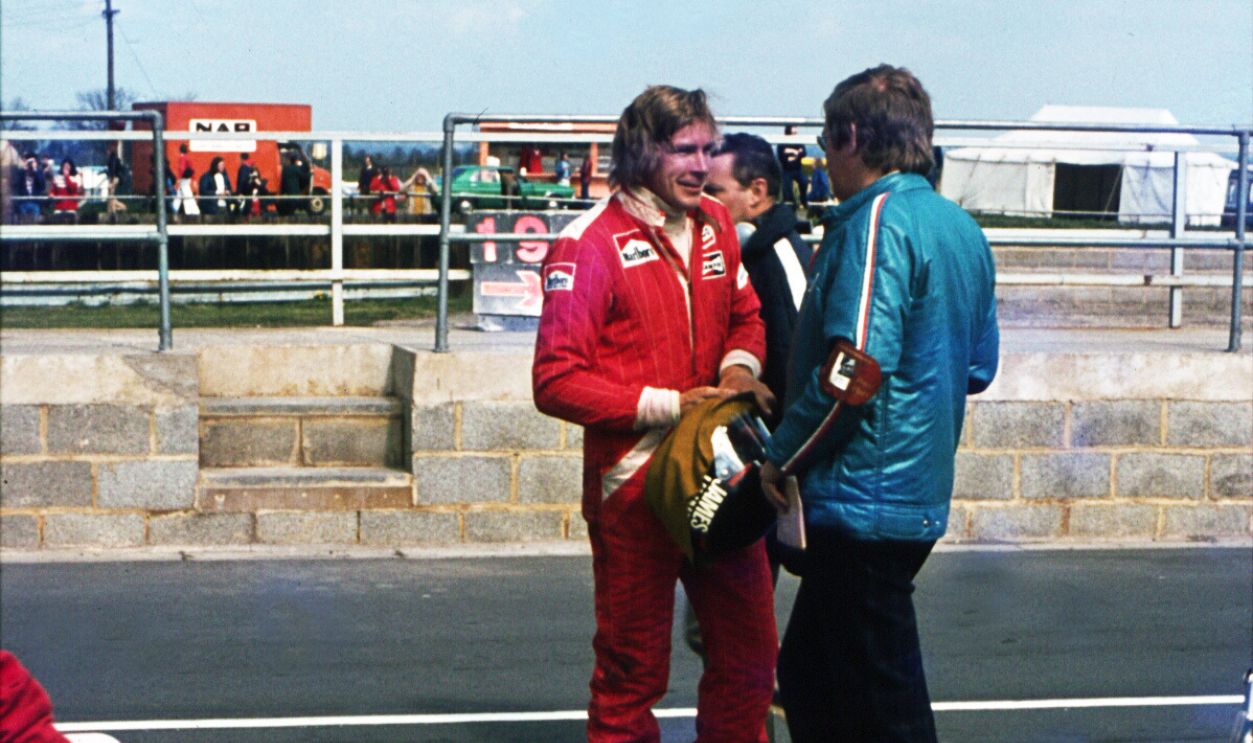 Gillfoto, CC BY-SA 3.0, Wikimedia Commons
Gillfoto, CC BY-SA 3.0, Wikimedia Commons
He Struggled Early In Brazil And Long Beach
In Brazil, Hunt took pole but retired due to a sticky throttle. In South Africa, he finished behind Lauda after a hard-fought battle. Long Beach was worse; Hunt crashed into a concrete barrier, sinking his championship hopes as Ferrari secured a 1-2 finish.
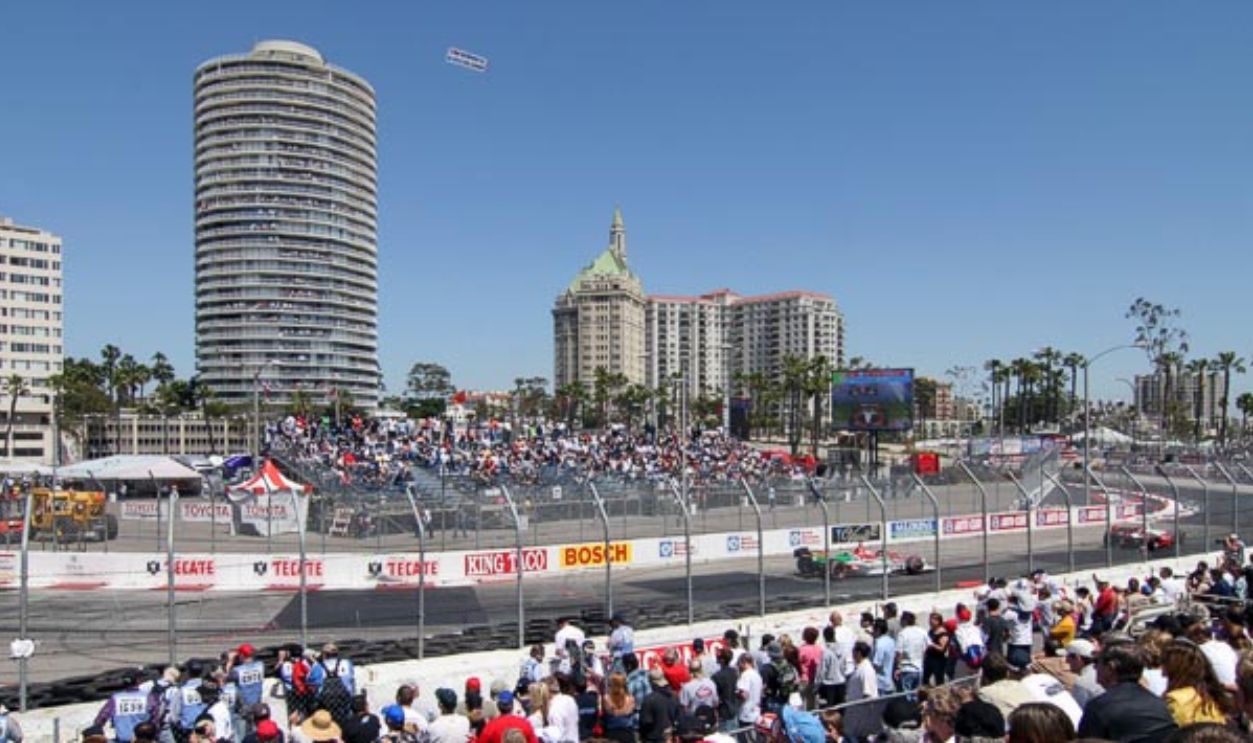 CCWSF1, CC BY-SA 3.0, Wikimedia Commons
CCWSF1, CC BY-SA 3.0, Wikimedia Commons
His Car Was Too Wide For Comfort
At the Spanish Grand Prix, Hunt sped past his marital problems and Lauda, who was battling with broken ribs from a home accident. However, the Briton was disqualified because his car was 1.8 centimeters too wide. He was back to square one in the Zolder race.
 Martin Lee, CC BY-SA 2.0, Wikimedia Commons
Martin Lee, CC BY-SA 2.0, Wikimedia Commons
He Had Further Mishaps
Hunt's gearbox emitted blue smoke in Zolder, leading to another Lauda victory. Monaco saw Hunt qualifying 14th, but his engine blew up in the race due to a fuel mishap. Lauda continued to dominate, leaving Hunt far behind in the championship standings.
The Six-Wheeled Wonders In Sweden
At the Swedish Grand Prix in Anderstorp, neither Lauda nor Hunt took the pole. Instead, the six-wheeled Tyrrell P34s dominated, driven by Jody Scheckter and Patrick Depailler. Luckily for our protagonists, the Tyrrells were one-race wonders and these cars wouldn't significantly impact the championship race.
 Markku Lepola, CC BY 4.0, Wikimedia Commons
Markku Lepola, CC BY 4.0, Wikimedia Commons
Hunt Takes The Pole In France, Finally!
As the coins flipped, Hunt finally got one up on Lauda, taking pole position and victory in France. Lauda's crankshaft packed up on lap eight and reduced his advance on the circuit. This mishap seriously let down Lauda and the Ferrari fans.
 Bert Verhoeff, CC0, Wikimedia Commons
Bert Verhoeff, CC0, Wikimedia Commons
What Is Home Advantage?
The British Grand Prix at Brands Hatch was Hunt's chance to prove himself—the spectators were expecting nothing less than a British driver to win the race. Hunt secured the top spot with drama, much to the delight of the fans. Or did he?
 Unknown Author, Wikimedia Commons
Unknown Author, Wikimedia Commons
Chaos At Brands Hatch
The race started with a bang as cars collided, littering the track with debris. The race was stopped, and teams began trying to repair their vehicles in time for the restart amidst arguments. Subtly, McLaren managed to fix Hunt's former car earlier than others.
 Smudge 9000, CC BY 2.0, Wikimedia Commons
Smudge 9000, CC BY 2.0, Wikimedia Commons
Fans Demand Action: "We Want Hunt!"
The extended delay upset fans, and they became rowdy while asking for their compatriot. Realizing they couldn't handle 100,000 angry British fans, officials allowed Hunt to take the restart. The Englishman began chasing Lauda, drawing closer and closer until he saw his chance on lap 44.
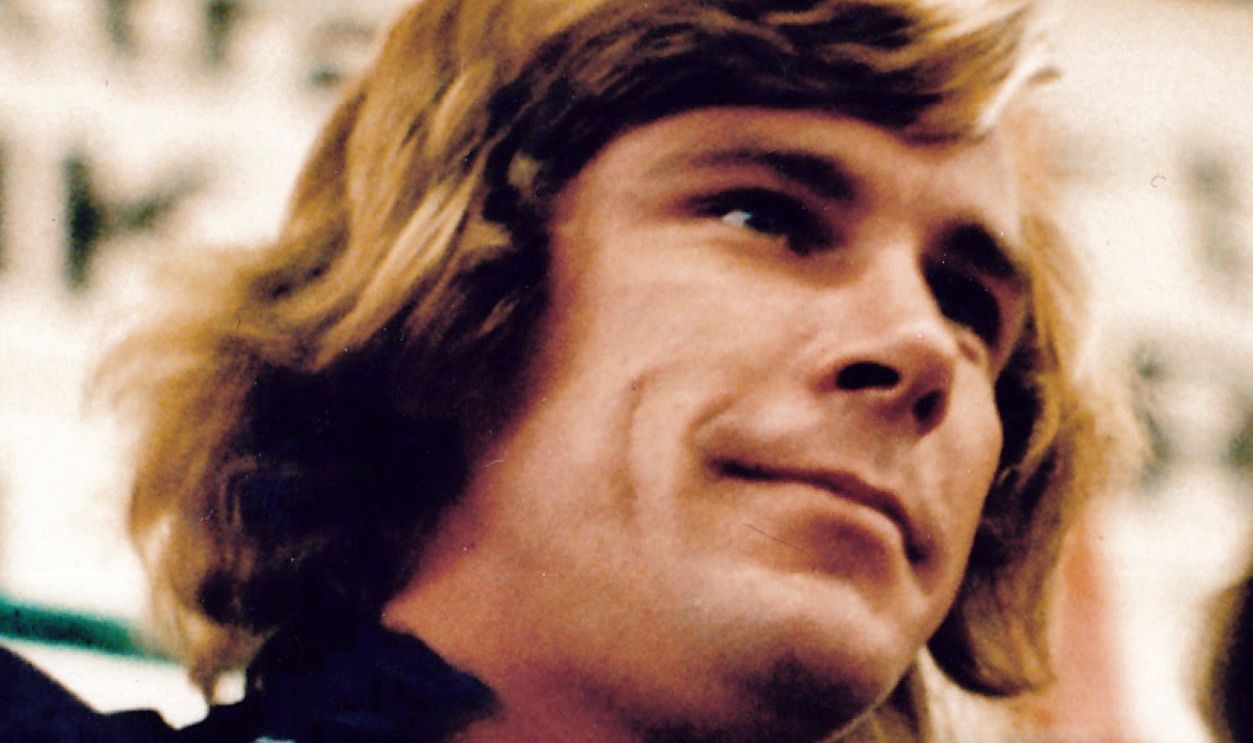 Mr.choppers, CC BY-SA 3.0, Wikimedia Commons
Mr.choppers, CC BY-SA 3.0, Wikimedia Commons
The Win That Never Was
Hunt passed Lauda when the Austrian's gearbox failed (Oh! Ferrari) and took the victory, but it wasn't the end of the drama. Two months later, the FIA dashed British hopes when officials disqualified Hunt for stealing the second start. The next race changed the 1976 championship season.
 Martin Lee, CC BY-SA 2.0, Wikimedia Commons
Martin Lee, CC BY-SA 2.0, Wikimedia Commons
The Green Hell Beckons
By the 1970s, most dangerous tracks had been removed from the Formula One calendar, except one. The formidable Nürburgring Nordschleife! Dubbed "The Green Hell" by Sir Stirling Moss, one wrong move in this 14-mile snake of corners meant a one-way ticket to meet your maker. Mike Roberts, CC BY-SA 2.0, Wikimedia Commons
Mike Roberts, CC BY-SA 2.0, Wikimedia Commons
Lauda Had A Premonition And Campaigned For Safety
The Austrian lobbied for a boycott of the Nürburgring, arguing that the track was too dangerous. Lauda's appeal wasn't ideal for Hunt, who was starting from pole position. Despite the dangers, Formula One allowed the race at the Eiffel mountains to go on for August 1st.
 Anefo / Croes, R.C., CC0, Wikimedia Commons
Anefo / Croes, R.C., CC0, Wikimedia Commons
The Treacherous Grid
The championship was within Lauda's grasp, but not with half the track bone dry and the other half looking like an Olympic-sized pool. Hunt soon took the lead. As Lauda tried to catch up, little did he know that his life would change forever.
 Lothar Spurzem, CC BY-SA 2.0 DE, Wikimedia Commons
Lothar Spurzem, CC BY-SA 2.0 DE, Wikimedia Commons
Inferno At The Nordschleife
In the blink of an eye, Lauda's Ferrari left the circuit at about 120 mph and hit a wall in a horrifying crash. The collision ruptured his fuel tank, and the car erupted into flames. Further collisions with Brett Lunger and Harald Ertl worsened the accident.
Lauda Had A Life-Changing Moment
With his helmet removed and flames engulfing him, brave drivers like Arturo Merzario dived into the inferno to pull Lauda out. He was badly burned and flown to the hospital; the odds looked grim. For context, a priest had already given Lauda the last rites.
 Craig Morey, CC BY-SA 2.0, Wikimedia Commons
Craig Morey, CC BY-SA 2.0, Wikimedia Commons
The Last Dance At Nordschleife
This was the last time Formula One would race on the notorious Nordschleife, a track so treacherous it enticed Chris Amon to retire from the sport outright. Safety became a paramount issue. Today, Lauda's story from this race remains etched in sporting folklore.
 Unknown Author, Wikimedia Commons
Unknown Author, Wikimedia Commons
Lauda Fought For His Life
Despite horrific burns and lungs full of toxic material, Lauda was determined to survive. He insisted on constant treatment to recover as quickly as possible. Racing remained on his mind, and so did the championship he was determined to win.
 Lothar Spurzem, CC BY-SA 2.0 DE, Wikimedia Commons
Lothar Spurzem, CC BY-SA 2.0 DE, Wikimedia Commons
Hunt Gets Within Striking Distance
At the next race in Austria, Hunt started from the pole position and finished fourth, while Lauda remained hospitalized. He also won at Zandvoort, inching closer to Lauda's lead. Emotions ran high as the next round was an intense battle in the heart of Italy, Ferrari's home.
 Waerfelu, CC BY 3.0, Wikimedia Commons
Waerfelu, CC BY 3.0, Wikimedia Commons
Lauda Took A Bold Move
To everyone's surprise, Luada would race at the Italian Grand Prix after doctors vacuumed toxic materials from his lungs. Ferrari was back in full force one month after Lauda's accident. Despite bleeding bandages and annoying questions from reporters, he was on the third row, ahead of his teammates.
 Rainer W. Schlegelmilch, Wikimedia Commons
Rainer W. Schlegelmilch, Wikimedia Commons
Hunt Hunts For Points
Hunt won the next two races in Canada and the United States, closing in on Lauda. However, Lauda still led with 68 points, while the Englishman had 65, setting the stage for an epic showdown in Japan. Hunt needed fourth position or better to win, but Lauda only had to finish near him.
 Gillfoto, CC BY-SA 3.0, Wikimedia Commons
Gillfoto, CC BY-SA 3.0, Wikimedia Commons
Mind Games And Muddy Waters
McLaren played mind games with Ferrari all week, spreading rumors to unsettle the Italian team. All the while, the weather was atrocious, with fog, rain, and some parts of the track disappearing underwater. Despite the drivers' objections, the race was on due to its global live broadcast. Instituto Ayrton Senna, CC BY 2.0, Wikimedia Commons
Instituto Ayrton Senna, CC BY 2.0, Wikimedia Commons
The Final Showdown
Hunt got off to a strong start, taking the lead into turn one, while Lauda carefully drove in treacherous conditions. Visibility was so poor that it seemed the windscreens were wearing wedding veils. With Lauda in fifth, Hunt's chances improved significantly.
 Anefo / Croes, R.C. / neg. stroken, CC BY-SA 3.0 NL, Wikimedia Commons
Anefo / Croes, R.C. / neg. stroken, CC BY-SA 3.0 NL, Wikimedia Commons
Lauda Chooses Life Over Glory
The Austrian pulled into the pits on lap three and retired from the race. Despite being offered an excuse about engine trouble, he maintained that he wasn't prepared to end himself over something so "trivial." Other top drivers withdrew, including Emerson Fittipaldi and Carlos Pace—but not Hunt.
 Hans van Dijk, CC0, Wikimedia Commons
Hans van Dijk, CC0, Wikimedia Commons
For Hunt, It Was A Do Or Die Affair
Hunt's wet-weather tires disintegrated as the track dried, forcing him to pit for a new set with just a few laps to go. He rejoined the race in fifth place, which would have handed the championship to Lauda. But Hunt, undeterred, pushed forward with fresh tires.
 Rob Croes, CC BY-SA 3.0, Wikimedia Commons
Rob Croes, CC BY-SA 3.0, Wikimedia Commons
Allies In Unexpected Places
Sadly, Enzo's decision in 1974 to bring back Clay Regazzoni returned to haunt him. At some point, Hunt's main obstacle was the Ferrari driver. However, surprisingly, Regazzoni let Hunt pass due to internal politics and the hurtful fact that he wouldn't be with Ferrari next year.
 Christian Sinclair, CC BY 2.0, Wikimedia Commons
Christian Sinclair, CC BY 2.0, Wikimedia Commons
Dreams Come True
Hunt passed Alan Jones to finish third. At the end of the race, the Briton stared in disbelief, almost measuring his car to see if it wasn't longer this time. But he eventually realized the truth: He, James Hunt, was the 1976 Formula One World Drivers' Champion.
 Martin Lee, CC BY-SA 2.0, Wikimedia
Martin Lee, CC BY-SA 2.0, Wikimedia
Hunt's Cloud 9 Celebrations
Hunt celebrated his victory precisely as you'd expect—by getting plastered. On the plane back home to London, he drank the cabinet dry, partying until he blacked out. Back home, he became a national hero, attending celebratory banquets and events—as long as they had brandy!
A Rivalry For The Ages Wrapped In A Film
Finally, motor racing has the movie it deserves. The rivalry between Hunt and Lauda remains legendary, immortalized in the 2013 film Rush. The film had a modest $38M budget and grossed a disappointing $27M domestically but made a decent $95M worldwide.
 Anefo / Croes, R.C. / neg. stroken, CC BY-SA 3.0 NL, Wikimedia Commons
Anefo / Croes, R.C. / neg. stroken, CC BY-SA 3.0 NL, Wikimedia Commons
Their Competition Birthed A Hollywood Script
Rush is considered one of the best sports dramas ever made. Daniel Brühl (think Inglourious Basterds) played Niki Lauda, a member of a wealthy Austrian paper-manufacturing family who rationalized everything with almost frigid logic. His unapproving paternal grandfather, Hans Lauda, was an industrialist.
 Elena Ringo, CC BY 3.0, Wikimedia Commons
Elena Ringo, CC BY 3.0, Wikimedia Commons
It Had Top Movie Stars
Chris Hemsworth was the paradoxical Hunt, a people-pleaser but unrepentant misanthropist. He was an unbelievably loyal friend whose racing skills were as legendary as his womanizing. He was also the die-hard competitor who quit F1 before it could quit him.
 Gage Skidmore, CC BY-SA 3.0, Wikimedia Commons
Gage Skidmore, CC BY-SA 3.0, Wikimedia Commons
Forever In Our Hearts
While Hunt and Lauda came from different backgrounds with contrasting personalities, they were like kin in their passion and love for racing. Though neither are with us today, their legacy lives in the hearts of racing fans worldwide. We miss them dearly, but we will remember them forever.














